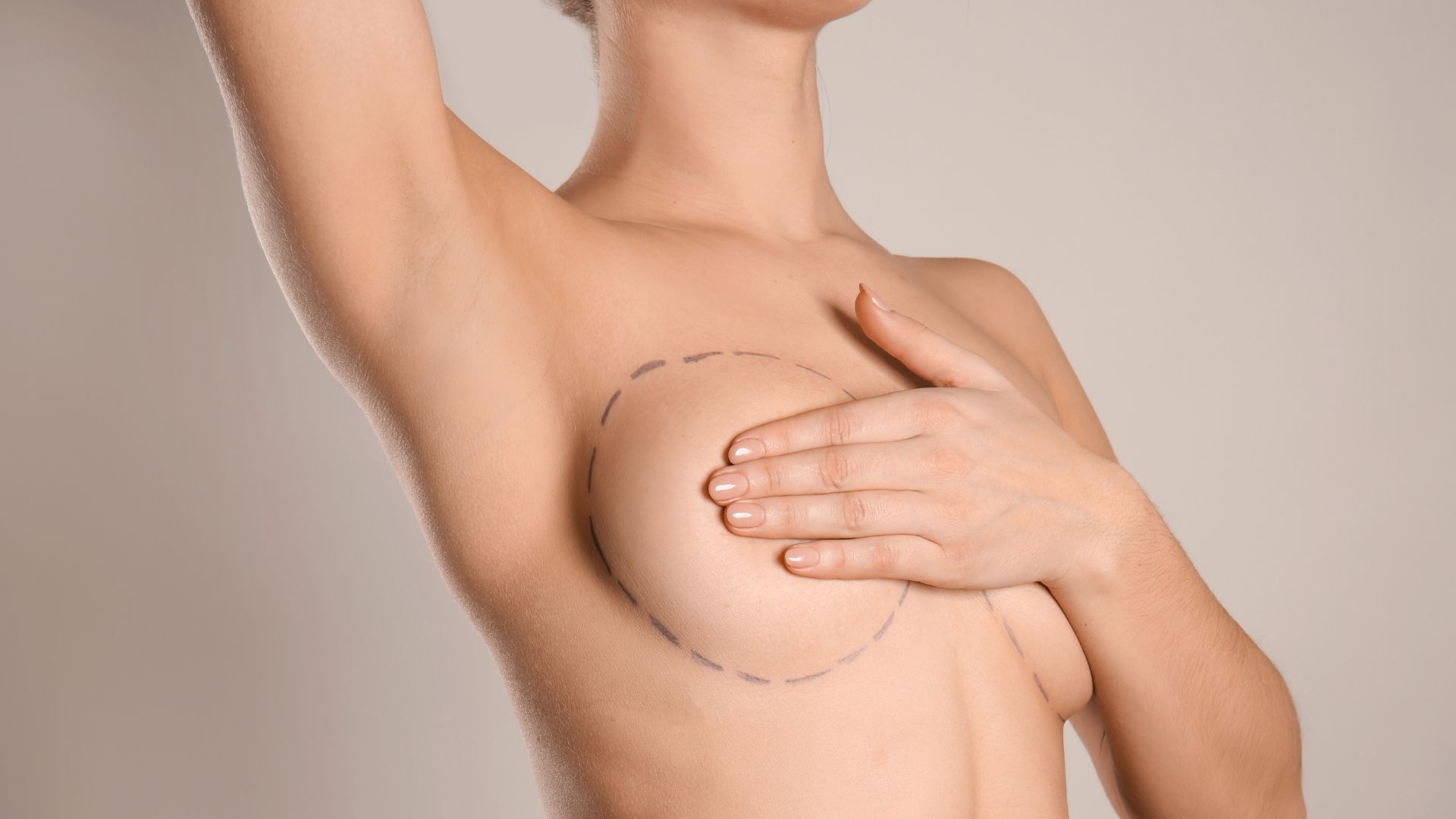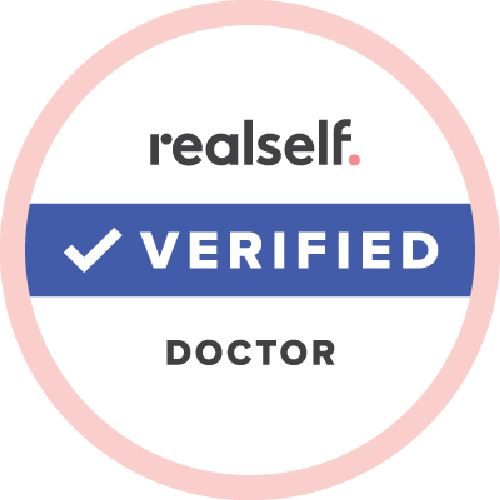Breast Lift vs. Breast Augmentation: Which Procedure Suits Your Goals?
The answer is... it depends
Deciding between a breast lift and breast augmentation is a key step in your journey to enhancing your body image. Both procedures can help you achieve a more youthful, proportionate look, but they serve different purposes. Understanding their benefits, differences, and how they align with your personal goals is essential for making an informed choice.
Understanding the Procedures
Breast Lift (Mastopexy):
A breast lift primarily aims to restore the shape and position of breasts that have sagged over time. Factors such as pregnancy, breastfeeding, weight fluctuations, and aging can cause the breasts to droop. During a breast lift, excess skin is removed, and the breast tissue is reshaped and elevated, often with incisions around the areola or beneath the breast fold. As
Dr. Ariel Toomey, a specialist in mastopexy, states, “A breast lift repositions your breasts to a higher, more youthful point, restoring natural shape and symmetry without necessarily changing size”. This procedure aims to provide a perkier, more youthful contour that looks natural and harmonious with your body, helping you feel more confident and comfortable in your skin.
Breast Augmentation:
Breast augmentation focuses on increasing volume and fullness through implants or fat transfer. Many women pursue augmentation to restore lost volume after pregnancy, weight fluctuations, or to improve breast symmetry. The procedure involves inserting silicone or saline implants, with customization options for size, shape, and placement to suit individual preferences. As
UCDavis Health explains, "This enhancement is accomplished by changing the shape and size of your breasts to match your body style better. Breast augmentation accommodates a full figure, corrects lost volume resulting from age or pregnancies, and balances asymmetrical breasts." This highlights how the procedure can help create a natural, proportionate result tailored to your unique body.
Which Procedure Meets Your Goals?
Lift Restores Shape; Augmentation Adds Volume
The main difference between the two procedures is their purpose: a breast lift restores a youthful contour by elevating and reshaping sagging breasts, making it ideal for women satisfied with their size but unhappy with drooping. In contrast, breast augmentation is designed to increase breast size and fullness, making it suitable for women wanting to enhance volume or correct asymmetries. Women experiencing both sagging and volume loss often choose a combined lift and augmentation to achieve the most natural and proportionate results, creating a balanced and youthful overall appearance.
Surgeon Customization for Natural Results
Achieving natural, authentic results depends heavily on the surgeon’s expertise. An experienced, board-certified plastic surgeon will tailor the procedure based on your anatomy and aesthetic goals. The American Society of Plastic Surgeons states, “Because every woman's body is unique, the best plastic surgeon is one who can customize treatment to meet your individual needs and aesthetic desires, ensuring results that look natural and harmonious”. To ensure you choose the right provider, review their before-and-after photos, ask for case studies, and read patient testimonials. These steps help confirm that their style aligns with your aesthetic goals and that you will receive results that reflect your natural self.
Which Is Right for You?
Choosing between a breast lift and augmentation depends on your specific concerns. If your primary issue is sagging or drooping breasts, a lift can restore firmness without significantly changing your size. If your goal is to increase fullness and enhance projection, augmentation provides added volume. For women seeking both uplift and size enhancement, a combined lift and augmentation offers the best of both worlds. Consulting with a board-certified plastic surgeon ensures a personalized treatment plan aligned with your goals and anatomy.
Ensuring Natural, Long-Lasting Results
The key to achieving natural-looking results is selecting a skilled, experienced surgeon who understands how to tailor procedures to your unique anatomy and aesthetic goals. A highly qualified, board-certified plastic surgeon can ensure that your results are harmonious, proportionate, and long-lasting by using techniques that emphasize your
natural self. Beyond surgical skill, maintaining a healthy lifestyle, following proper post-operative care instructions, and keeping your body weight stable are essential for preserving your results over time. With his extensive experience and commitment to personalized care, Dr. Ram Kalus is an excellent choice for anyone seeking a natural, authentic outcome and a trusting partnership throughout their transformation journey.
Ready to take the next step?
Contact Dr. Ram Kalus today to schedule your personalized consultation. During your visit, he will work with you to evaluate your goals, customize a treatment plan, and emphasize your natural self, helping you achieve results that look harmonious and authentic. For more insights, listen to Dr. Kalus’ podcast, Sculpting the Soul, Episode 3, "The Long List of Breast Augmentation Benefits," discussing how subtle enhancements can lead to a beautifully natural outcome. Take the first step toward your transformation by scheduling a consultation with Dr. Ram Kalus today. Your journey to feeling confident and radiant in your skin starts here—don’t wait to reveal your best version of yourself.





